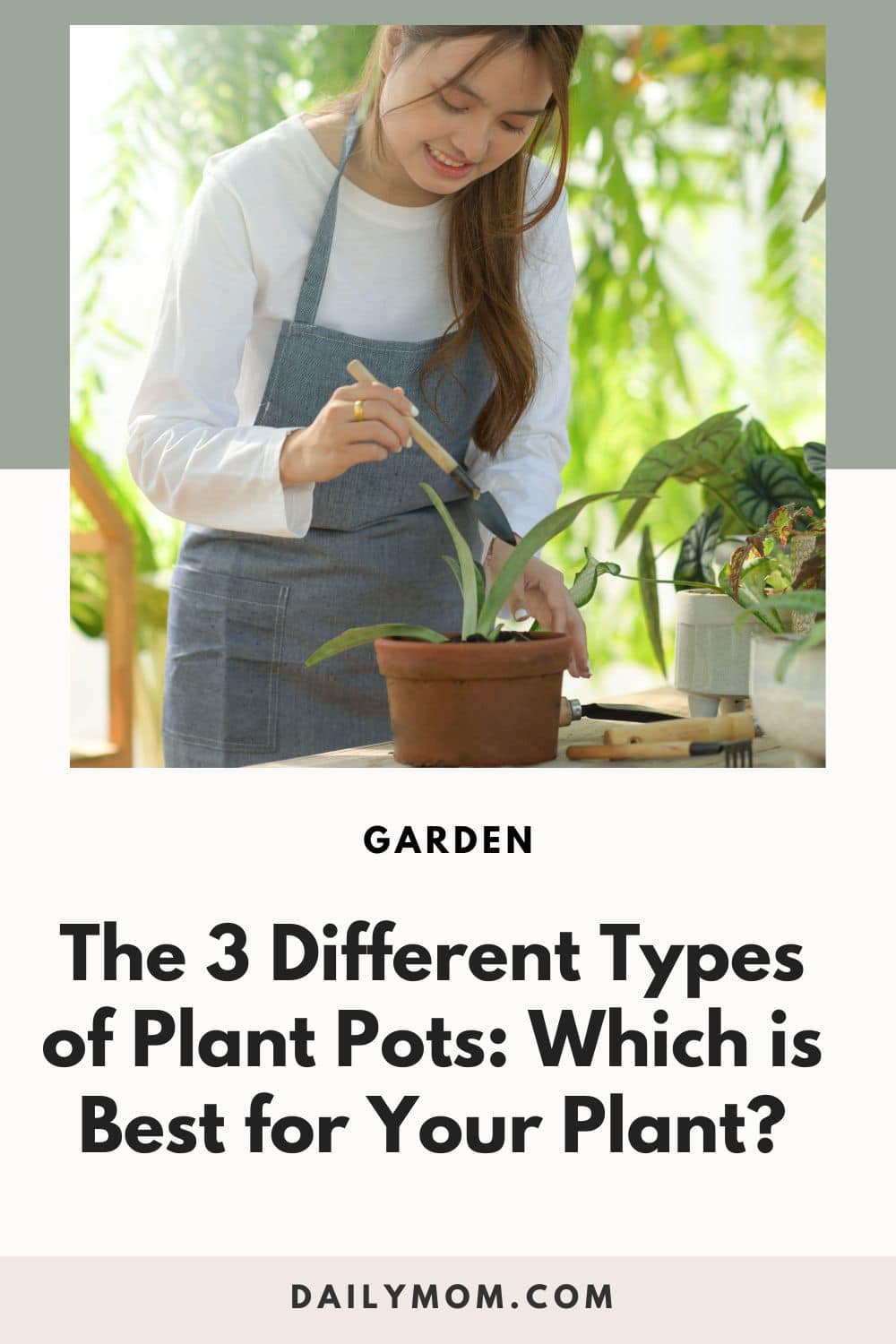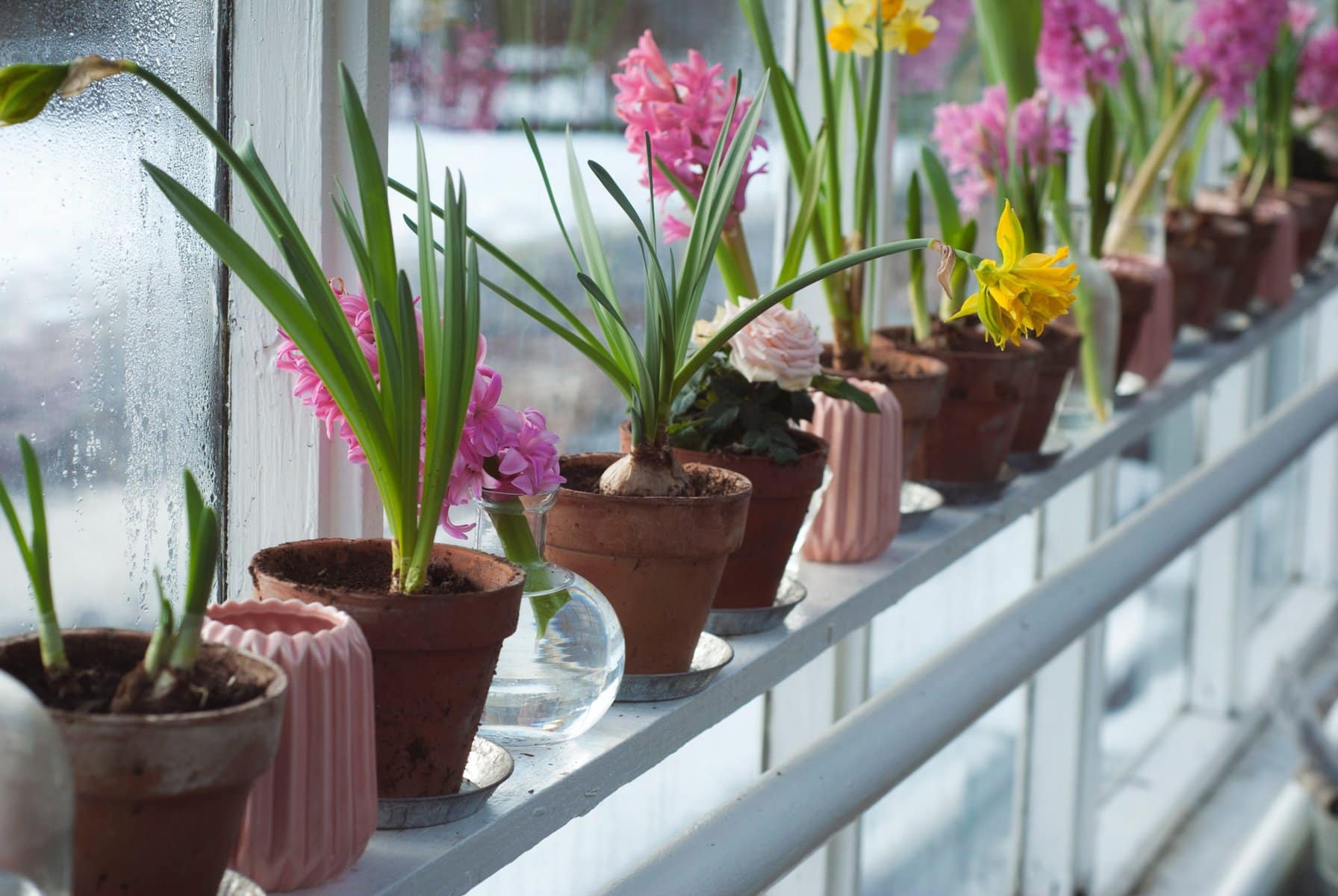Picture this: a tranquil garden where plants flourish, bursting with vibrant colors and exuding an air of botanical confidence. Ah, the joy of nurturing nature! But hold on a second—did you know that the types of pots you choose for your precious plants can make all the difference? Yes, my green-thumbed friend, the battle for optimal plant health begins with the selection of the perfect pot. Enter the ring: Clay Pots, Ceramic Warriors, and Plastic contenders. These three contenders, each with their distinct personalities, hold the key to a flourishing botanical empire.
Get ready to uncover their hidden secrets, learn about their unique strengths and weaknesses, and understand why the types of pots you choose matter more than you may have ever imagined. So, grab your gardening gear and prepare to unlock the mysteries behind these plant-holding marvels. Let’s dive in and discover the secrets to cultivating thriving and vibrant plants like a true horticultural wizard!
Clay Pots
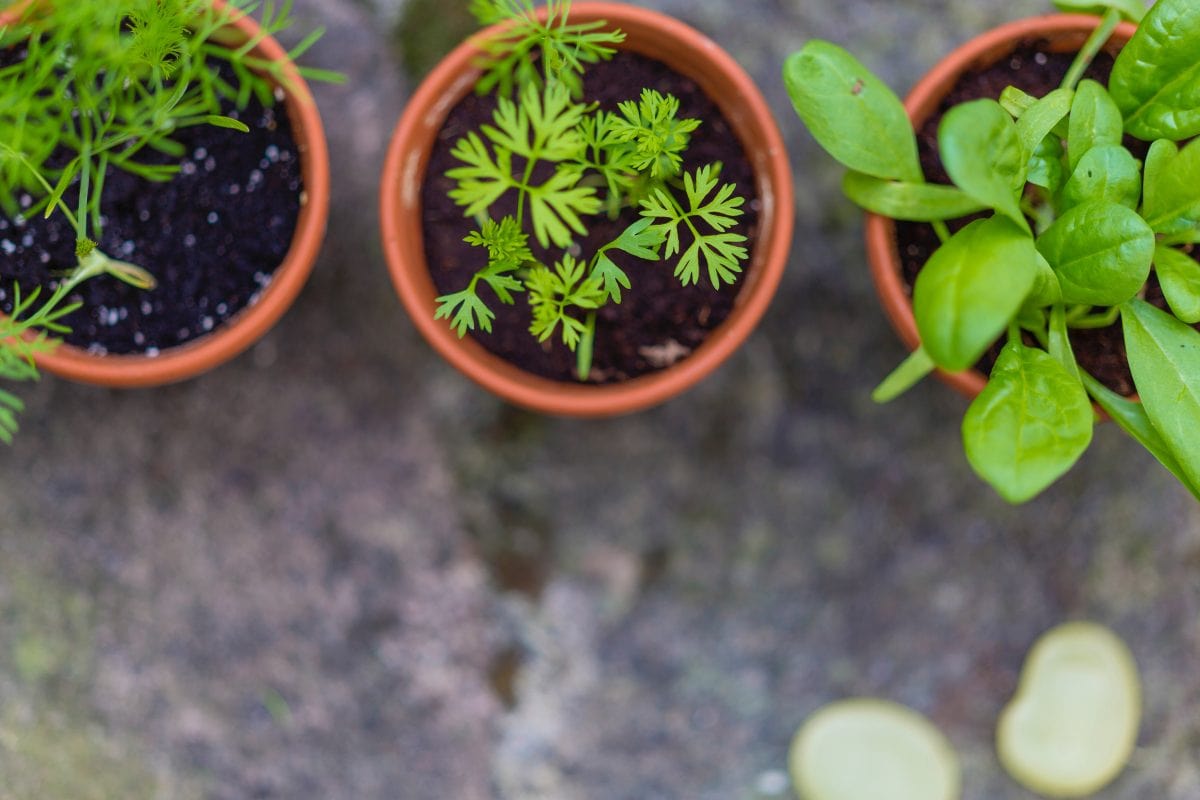
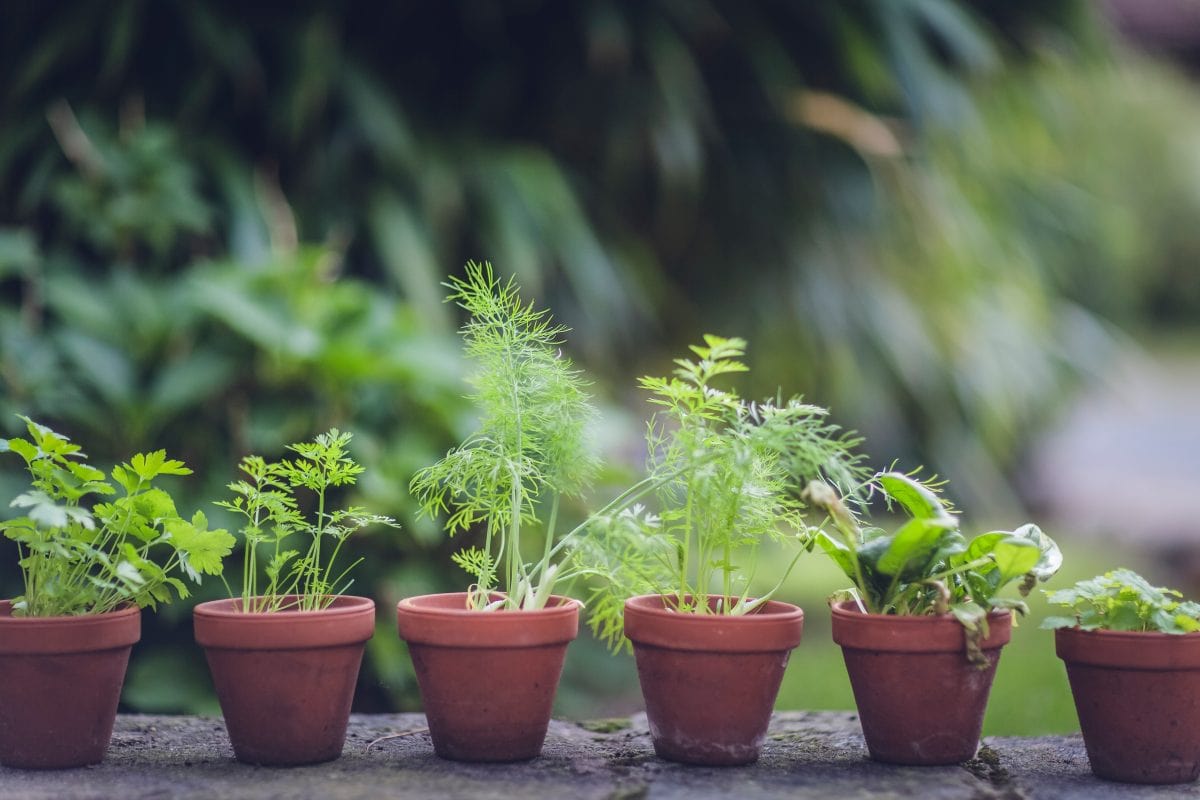
Clay pots have been serving as faithful companions to plants for centuries. Crafted from natural clay, these pots embody a rustic charm that resonates with gardeners worldwide. What sets clay pots apart is their porous nature, allowing for proper aeration and moisture regulation within the soil. This breathability helps prevent waterlogging and root rot, ensuring the well-being of plants. Clay pots also have excellent insulation properties, shielding plant roots from extreme temperature fluctuations.
Their weightiness provides stability, preventing toppling mishaps on windy days. With their earthy tones and timeless appeal, clay pots add an aesthetic touch to any garden, effortlessly blending with both traditional and contemporary settings. So, if you seek a classic, reliable companion for your plants, look no further than the enchanting world of clay pots.
Crafted from natural clay, these pots have a porous nature, allowing for proper aeration and moisture regulation within the soil. This breathability not only promotes plant health by preventing waterlogging and root rot but also aligns with sustainable gardening practices.
Clay pots contribute to a more eco-friendly approach to nurturing plants. Additionally, clay pots exhibit excellent insulation properties, shielding plant roots from extreme temperature fluctuations and ensuring their well-being. With their weightiness, they provide stability, preventing toppling mishaps even on blustery days. Moreover, clay pots effortlessly enhance the visual appeal of any garden with their earthy tones and timeless aesthetics, harmonizing seamlessly with both traditional and contemporary settings. So, if you seek a classic, reliable, and environmentally conscious companion for your plants, look no further than the enchanting world of clay pots.
Clay pots have many advantages, but it’s time to shed some light on their not-so-glamorous side. Yes, my gardening friend, clay pots come with their fair share of disadvantages. Firstly, they have a knack for cracking like a fragile eggshell. One wrong move, a sudden temperature shift, and crack! Your beloved pot is shattered into pieces, leaving you with a gardening heartbreak. And let’s not forget their weight. Oh, the struggle of lugging around those heavy clay pots! They may add stability to your garden, but moving them around? It’s an Olympic feat in itself.
Now, here’s a fun fact: clay pots can be a bit thirsty. Their porous nature means they lose moisture faster than a sprinter chasing gold. So, get ready to water, water, and water some more, or risk your plants wilting away. Oh, and the aesthetics. While earthy tones may tickle the fancy of some, they might clash with your garden’s style aspirations. So, before you commit to a clay pot, consider its fragility, the weightlifting sessions it demands, its insatiable thirst, and its stubborn style. However, despite these drawbacks, many gardeners still embrace the quirks and rustic allure of clay pots, for there’s something undeniably captivating about their natural charm.
Ceramic Pots


Ceramic pots, the versatile darlings of the gardening world, bring an element of elegance and sophistication to any plant display. Crafted from clay and fired at high temperatures, ceramic pots boast a refined and polished appearance that can effortlessly elevate the aesthetic appeal of a garden. Their smooth and glossy surfaces create a sleek canvas for showcasing plants, making them a favorite among those with a penchant for design. Unlike their porous clay counterparts, ceramic pots are non-porous, which means they retain moisture more effectively and require less frequent watering. This can be advantageous for plants that prefer drier soil conditions.
Furthermore, ceramic pots offer excellent insulation, shielding plant roots from extreme temperature fluctuations. They are also known for their durability and resistance to fading, ensuring that they withstand the test of time and maintain their vibrant allure. With a wide range of shapes, sizes, and colors available, ceramic pots offer endless possibilities for creative plant arrangements. So, if you seek a touch of sophistication and a sleek canvas to showcase your beloved plants, ceramic pots are the go-to choice for adding that extra touch of elegance to your garden.
While there are many upsides to clay pots, there are also a few downfalls. First and foremost, they come with a weight that could make even the strongest of gardeners break a sweat. These hefty pots can turn a simple garden rearrangement into a full-blown weightlifting session. And beware, for their delicate nature is a double-edged sword. One wrong move, a slight mishap, and crack—your beloved ceramic pot shatters into a thousand heartbreaking pieces. Oh, the fragility! But wait, there’s more! Despite their elegant facade, ceramic pots can be stubborn water hoarders. Their non-porous nature locks moisture in, creating a potential breeding ground for soggy soil and unhappy roots.
And let’s not forget the limited scope for personalization. While they exude sophistication, their predetermined aesthetics might clash with your unique garden style aspirations. So, before you succumb to the allure of ceramic pots, be prepared for the heavyweight lifting, the fragility dance on a knife’s edge, the water-hoarding battles, and the need to conform to their predefined elegance. However, despite these drawbacks, many gardeners are still bewitched by their refined charm, accepting the challenges for the sake of their garden’s undeniable beauty.
Plastic Pots


Plastic pots bring practicality and convenience to the many different types of pots you use for gardening. Crafted from durable synthetic materials, plastic pots offer a lightweight and budget-friendly option for housing plants. Their lightweight nature makes them easy to maneuver, perfect for those who enjoy rearranging their garden frequently. Plastic pots are also known for their excellent drainage capabilities, preventing waterlogging and promoting healthy root growth.
Additionally, plastic pots have a non-porous surface, reducing moisture loss and minimizing the need for frequent watering. This makes them a popular choice for busy gardeners or plants that prefer drier soil conditions. With a wide range of sizes, shapes, and colors available, plastic pots provide endless possibilities for creative plant arrangements. While they may lack the natural charm of clay or ceramic, plastic pots make up for it with their practicality, affordability, and adaptability to various gardening needs.
As great as the plastic pot is, beware of its not-so-charming drawbacks. Firstly, their aesthetic appeal leaves something to be desired. While these types of pots come in a variety of shapes and colors, they lack the natural charm and elegance of materials like clay or ceramic. They may not seamlessly blend with a more refined garden aesthetic. Additionally, plastic pots can be susceptible to degradation over time when exposed to sunlight. UV rays can cause fading, discoloration, and even brittleness, diminishing their longevity.
Another disadvantage is their limited breathability. Plastic pots tend to have poor air circulation, which can lead to issues like waterlogged soil and root rot if proper drainage isn’t provided. Furthermore, due to their synthetic composition, plastic pots are not biodegradable and can contribute to environmental waste if not properly recycled. So, while plastic pots offer convenience and affordability, it’s essential to consider their limitations and environmental impact when making choices for your garden.
Choosing the Right types of Pots for Different Needs
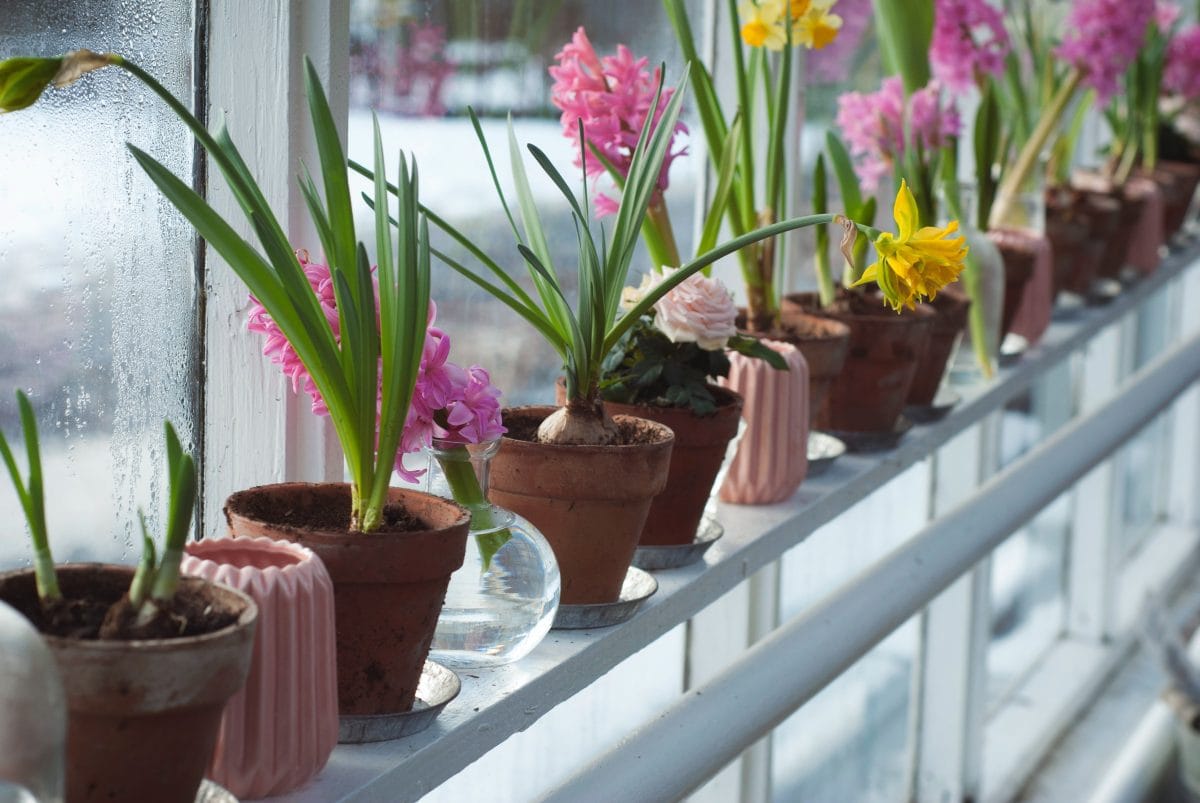
When it comes to selecting the types of pots for your beloved plants, several factors demand careful consideration. First and foremost, size matters. Take into account the mature size of your plants and choose the types of pots that provide ample space for root growth. Proper drainage is also critical to prevent waterlogged soil, so opt for pots with drainage holes or ensure you can create adequate drainage if needed. Consider the material of the pot—clay offers breathability, ceramic adds elegance, plastic provides convenience, each with its own set of pros and cons.
Reflect on your gardening style and the specific needs of your plants. Some plants prefer drier conditions, while others thrive in moisture-retaining pots. Additionally, think about the aesthetic aspect and how the types of pots will complement your garden’s overall look and feel. Finally, assess practical factors such as weight, portability, and durability based on your individual preferences and gardening routine. By considering these crucial factors, you can make an informed decision and select a pot that not only suits your plants’ needs but also enhances the beauty of your garden.
Read More: 10 Amazing Items To Make Your Spring Garden And Home Flourish
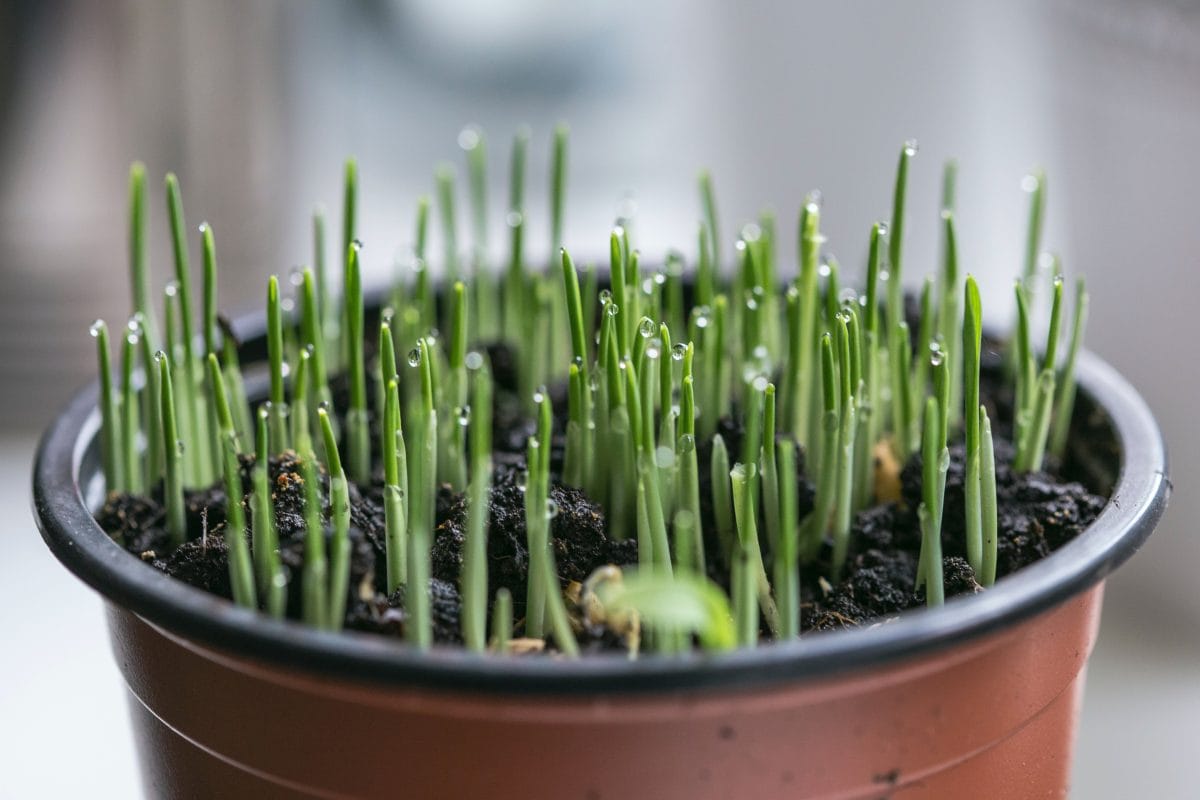
In the enchanting world of gardening, choosing the correct types of pots to use is a decision that holds the key to the health and vitality of your leafy companions. Whether you opt for the rustic allure of clay, the practicality of plastic, or the elegant charm of ceramic, each type of pot brings its own unique set of characteristics and considerations.
Clay pots, with their natural and eco-friendly qualities, provide breathability and a touch of authenticity. Plastic pots offer lightweight convenience and excellent drainage, catering to busy gardeners and plants with specific moisture requirements. Ceramic pots, on the other hand, exude sophistication and insulation properties, creating an elegant backdrop for your plants.
When making your choice of the right types of pots to use, factors such as size, drainage, plant needs, aesthetics, and practicality should guide your decision-making process. Consider the mature size of your plants, the importance of proper drainage, and the individual preferences of your botanical companions. Reflect on the visual harmony you wish to create and weigh the practical aspects that align with your gardening routine. By considering these elements, you can select the perfect pot that not only nurtures your plants but also adds beauty and style to your garden sanctuary.
So, dear gardening enthusiasts, may your pot-picking journey be filled with delight, as you embark on a path that leads to thriving, vibrant, and truly mesmerizing plants.
WANT TO READ MORE?
Check out Your How To Guide To Growing Microgreens for more gardening tips!
CONNECT WITH DAILY MOM
💖 NEWSLETTER: DAILY READS IN YOUR INBOX 💖
Sign up to receive our picks for the best things to do, see and buy so you can relax and focus on more important tasks! Let us help you be the best version of yourself you can be!
BE SOCIAL WITH US
📌 LOVE IT? PIN IT!📌
